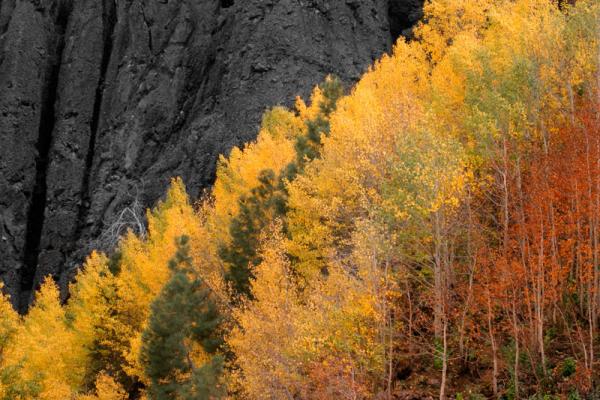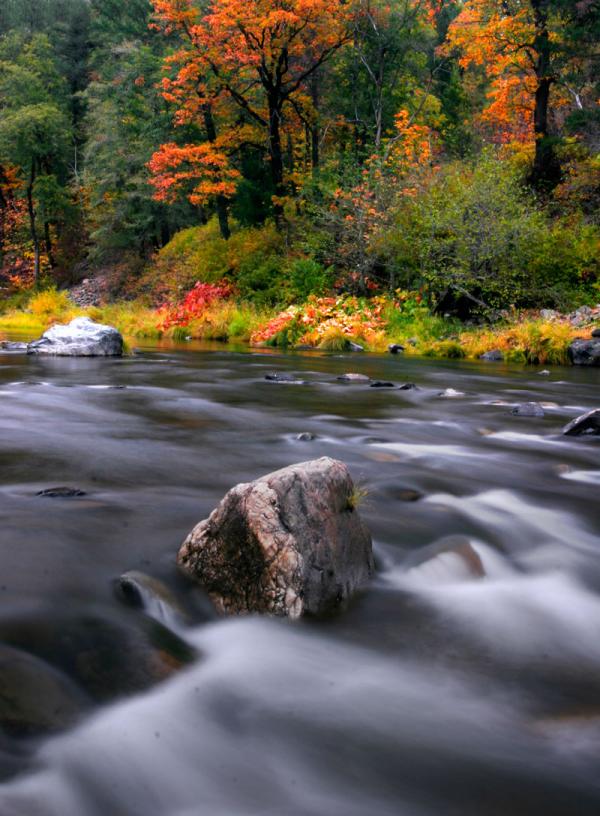Leaf Peeper Paradise: Autumn's Best Colors

Autumn Surprises

These Texas maples are far enough south that they peak much later than many other deciduous trees in the United States. The yearly color display in Lost Maples generally gets underway in mid-October, and can sometimes last into the third week of November.
Plumas County, California

Plumas County, in northern California, is another area that has perhaps flown under the traditional leaf-peeper's radar. The size of the state of Maryland, and made up of mostly public lands, the region's widely varying elevation allows for a wild mix of colorful plant species.Plumas County offers a particularly long season for fall foliage. Leaves usually start to show a bit of color in late September, and the display can last all the way though the first or second week of November. Color generally peaks around the second half of October.
Plumas County, California

The Sierra Nevada and the Cascade Mountains meet in Plumas County, and fall color against the grey backdrop of the volcanic rock that covers the region makes for dramatic views.Take the Feather River Scenic Byway toward Bucks Lake to catch brightly-hued autumn vistas and steep canyon lookouts, all packed into a single day-trip.
Plumas County, California

In Plumas County, the fall color is underfoot and overhead: from the low-growing Indian rhubarb to the mighty English maples, the array of colors in this region could make a box of crayons jealous. Showboating in a raucous mix of delicate Champagne pink, chartreuse, saffron, pale yellow, siren red and magenta, the plants in these parts get ready for the winter with plenty of style.Soon the strong winds and rains of November will take their toll, and the trees will be stripped bare. But deep inside their braches, the trees will have stored up the necessary nutrients, sucked from their own leaves, needed to survive the winter. They will be ready to burst into bud when warmer weather returns.
Get the world’s most fascinating discoveries delivered straight to your inbox.


